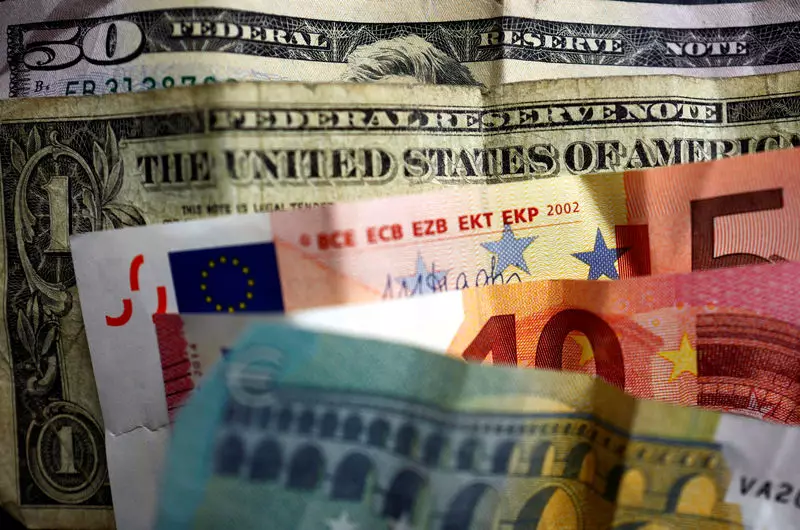In recent financial markets, the U.S. dollar has exhibited a modest uptick amid a climate of volatility, especially as geopolitical tensions in Eastern Europe continue to develop. This article delves into the factors influencing these fluctuations, particularly in the dynamics between the U.S. dollar and the euro, providing insights into the broader implications this may have on global economics.
The U.S. dollar’s recent performance has demonstrated a noteworthy resilience. As of early Thursday morning, the Dollar Index, which monitors the dollar against a selection of six other major currencies, rose by 0.1%, reaching a position near its one-year peak. This trend appears driven by heightened demand, particularly in the context of deteriorating relations between Western nations and Russia. The ongoing conflict in Ukraine, accentuated by U.S. and U.K. military support in the form of missile strikes into Russian territory, further contributes to the dollar’s stronger position.
What remains particularly significant is the influence of U.S. domestic politics on currency valuation. The recently concluded elections have introduced a wave of uncertainty, mixed with anticipation regarding potential economic policies under the Trump administration. Traders are weighing the potential for expansive fiscal initiatives and protective tariffs, which could potentially ignite inflation. Such factors are critical, especially as the Federal Reserve considers its strategy moving forward. Recent analyses suggest a reframing of interest rate expectations; rather than anticipating cuts, the market is now pricing in only modest increases. This adjustment is crucial, as it reflects tangible shifts in the economic landscape.
Conversely, the euro has not faired as well amidst these developments. The EUR/USD pair recently dropped to 1.0516, displaying a concerning trend as it nears lows not seen since October 2023. Multiple underlying factors contribute to the euro’s fragility, particularly the ongoing war in Ukraine, which has placed immense pressure on European economies. Observations indicate that the conflict is entering a heightened phase as both factions brace for potential ceasefire discussions in the near future. The Biden administration’s continued support for Ukraine has implications that concern European markets, raising fears of an intensified response from Russia that may significantly disrupt economic stability in Europe.
The Eurozone is grappling with its own economic malaise, which is further complicated by the prospect of deteriorating trade relations, especially if the new U.S. administration implements higher tariffs. In a recent commentary, European Central Bank (ECB) official Francois Villeroy de Galhau expressed concerns that the current balance of risks leans negatively, indicating that neither growth nor inflation figures in Europe are promising. His statements echo the sentiment that economic forecasts for the Eurozone may face downgrades if U.S. tariffs materialize, an outcome that could stifle any hopes of recovery in the region.
The British pound has also demonstrated signs of weakness; it fell to 1.2630 against the dollar following a report detailing higher-than-expected public sector borrowing in October. This borrowing rate not only reflects economic strain but also echoes a broader trend in the U.K. economy facing hardships, perhaps further impacted by ongoing debates around fiscal policy.
On a different note, the Japanese yen has reacted to statements from the Bank of Japan (BOJ), which indicated a careful examination of foreign exchange rates in the context of future monetary policies. The yen recently slipped to 154.38 against the dollar as traders expressed mixed reactions to the central bank’s positioning ahead of its upcoming policy meeting.
The interplay between the U.S. dollar, euro, British pound, and Japanese yen reveals a complex currency landscape shaped by geopolitical events, domestic policy shifts, and economic performance. Observing these trends closely will be vital for investors and policymakers as they navigate through uncertainty. The ongoing developments in Eastern Europe, coupled with the oscillating U.S. political and economic environment, will continue to play pivotal roles in shaping the trajectories of these currencies as 2023 progresses.


Leave a Reply